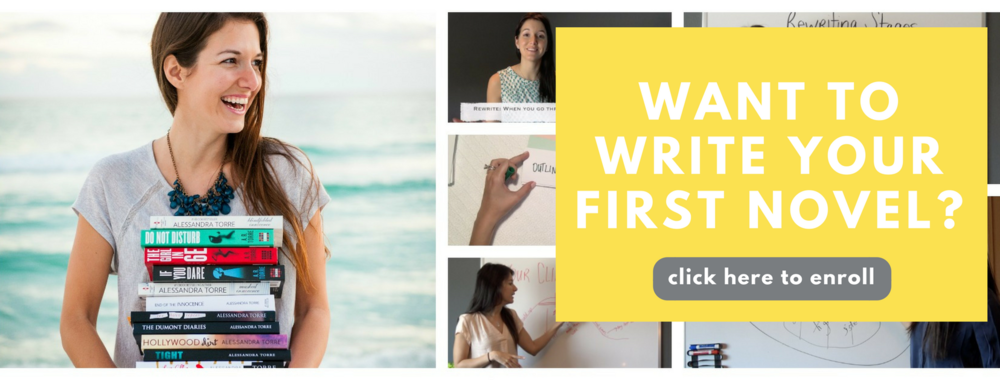Make Your Email Smarter
If you do one new thing in 2020, it needs to be email segmenting. I started email segmentation in 2018 and immediately saw an increase in open rates and conversions from my emails. Let’s dive into what email segmentation is and how to do it.
What is email segmenting?
Email segmenting or segmentation is when you divide your subscribers into different buckets, based on certain criteria. For example: dividing up your subscribers by location, purchase habits, or how they subscribed to you.
As an author, it’d be nice to segment by country, but it isn’t necessary. What IS necessary is for you to segment by the site they purchase ebooks on (Apple Books, Amazon, Nook, etc) and by the genre they read (if you write in multiple genres).
Even if you only publish on one retailer site, it’s still important to ask your subscribers where they buy - because it’s entirely possible that you have subscribers on your list that have never read one of your books.
How do you segment your email list?
It depends on your email service. Here are specific instructions for the three most popular email services that authors use (just click on the service name to see the instructions).
Now, all of the above instructions are for general segmentation, but aren’t going to help you much when it comes to finding out what retailer readers purchase on. This is how I handled that segmentation:
In my last email to readers, I asked them where they buy their books and asked them to select one of three links (see below screenshot):
Depending on which link they clicked, my email service (ActiveCampaign) automatically added them to a specific list (for example: KindleUnlimited readers). Each email service has different capabilities, but even if yours won’t automatically add (or remove) a reader from a list, you should be able to view a report that shows clickers of each link, then manually add them to a corresponding list.
Not every email opener will obey instructions and help out with this task. In fact - with this email, only 1 out of 3 openers clicked on a segmenting link. Still, I was able to sort over 3,000 readers, which gave me some interesting data. Out of those 3,000 readers:
10% bought books on Apple Books, Nook, Kobo, or Google Play
49% bought books on Amazon
41% were KindleUnlimited subscribers
The next time I plan to pull a book out of KindleUnlimited and put it wide, I will be able to send an email to all of my KU subscribers (Subject Line: Hey - this is your last chance to read this book for free!) and send an email to all of my wide readers (Subject Line: This book is available for the first time on Apple Books and Nook!).
Do you see why segmenting is important?
If you need more help with email marketing - or any aspect of marketing your novels, please check out my online course! The Fearless Guide to Sell More Novels is available now.








